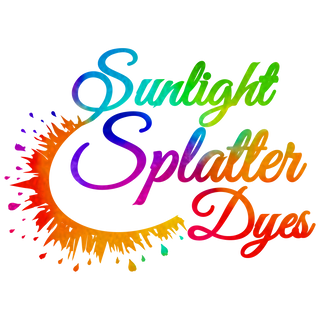Ice dyeing is a relatively new technique that has gained popularity in the world of textile arts in recent years. This method, also known as "ice dying" or "ice dyeing," involves using ice and powdered dye to create unique and stunning patterns on fabric.
The origins of ice dyeing can be traced back to traditional Japanese shibori dyeing techniques, which involve binding, folding, twisting, and compressing fabric before dyeing it to create patterns. The use of ice in dyeing, however, is a modern development that emerged in the 1960s and 70s in the United States.
During this time, many artists were experimenting with new techniques and materials, including the use of fiber reactive dyes that could be activated with soda ash. Some artists discovered that by layering ice on top of fabric and sprinkling powdered dye on top, they could create unique patterns and color blends as the ice melted and the dye seeped into the fabric.
Over time, the technique evolved and became more popular among textile artists and crafters. Today, ice dyeing is used to create a variety of beautiful and unique patterns, from subtle gradients to bold bursts of color.
To create an ice-dyed fabric, the artist first prepares the fabric by soaking it in a solution of soda ash and water. This helps the dye bond to the fabric more effectively. The fabric is then crumpled or twisted into a specific pattern, and ice is placed on top of it. Powdered dye is then sprinkled over the ice, allowing it to slowly melt and spread the dye throughout the fabric.
As the ice melts, the dye seeps into the fabric and creates a unique and unpredictable pattern. Depending on the specific techniques and materials used, the resulting patterns can range from abstract and chaotic to more structured and geometric.
In conclusion, ice dyeing is a modern textile art form that has its roots in traditional Japanese shibori dyeing techniques. By layering ice and powdered dye on fabric, artists can create stunning and unique patterns that are unlike anything created through traditional dyeing methods. The technique has grown in popularity in recent years, and is now used by textile artists and crafters around the world to create beautiful and one-of-a-kind fabrics.
